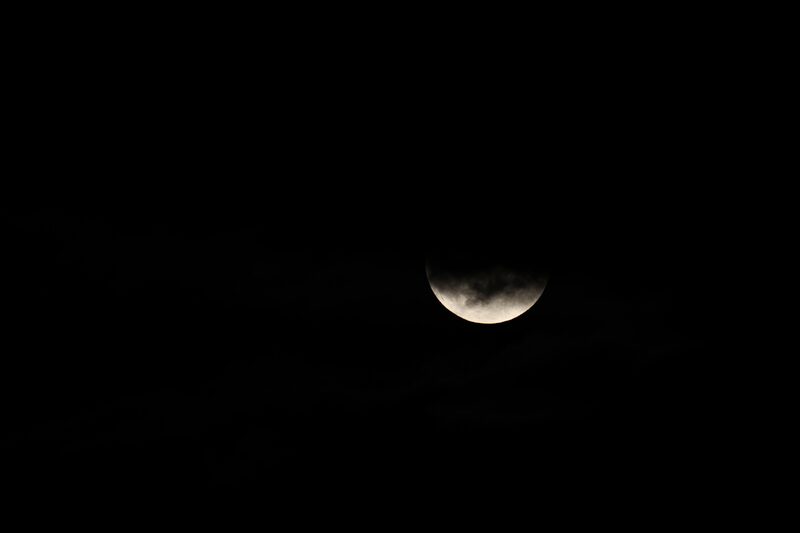(Bloomberg Opinion) — By Adam Minter
In March, a Chinese military satellite appeared to spontaneously disintegrate in orbit, leaving a trail of debris high above the Earth. If China knew anything, it wasn’t saying. Did the propulsion system explode? Was there a collision with some of the space junk that’s accumulating in orbit? Or did something a bit more conspiratorial happen? The mystery persisted until last month, when an astronomer at the Center for Astrophysics announced the answer. Yunhai 1-02, as the satellite is known, collided with a piece of junk leftover from a 1996 Russian rocket launch.
It was the first major smash-up in Earth orbit since 2009. It won’t be the last. Thanks to cost-saving advances in rocket and satellite technologies, more countries and companies are preparing to launch more stuff into orbit than ever before. As they do, the risk of collisions will only rise. The good news is that space junk is one of the rare problems where geopolitical adversaries and corporate rivals should find common cause. At least, that’s the hope.
Scientists and policy makers have been worrying about space junk — the dead and unwanted craft left behind in the finite space of Earth orbit — for decades. A paper published in 1978 posited one grim scenario. As satellites proliferated, so too would collisions; each collision would in turn produce debris that made further collisions more likely. The result could be a belt of space junk so dense that it would make certain low-Earth orbits unusable. The study generated intense interest at NASA, which set up an Orbital Debris Program Office to deal with the problem.
In 1995, the agency issued the world’s first set of debris-mitigation guidelines. Among other things, it proposed that satellites be designed to re-enter Earth’s atmosphere within 25 years of mission completion. Other spacefaring countries and the United Nations followed with their own guidelines. But urgency and compliance were lacking, partly because the world hadn’t yet experienced a destructive collision between spacecraft and debris.
That would soon change. In 2007, China launched a ballistic missile at one of its old weather satellites, producing the largest cloud of space debris ever tracked. Two years later, a nonfunctional Russian communications orbiter collided with a functioning one operated by Iridium Satellite LLC, producing almost 2,000 pieces of debris measuring at least 4 inches in diameter. Any of those fragments could inflict potentially catastrophic damage in a collision.
Since then, the situation has only gotten more precarious. More than 100 million pieces of space junk are now orbiting the Earth. Although the vast majority are the size of sand grains or smaller, at least 26,000 hunks are big enough to destroy a satellite. As more entities seek to access orbit for scientific and commercial purposes, the likelihood of a collision is growing fast. About 4,000 operational satellites are now in orbit; in the years ahead, that number could rise to more than 100,000.
None of this is news to the world’s spacefaring nations, which are well aware of how space junk could affect their research operations (including the threat posed to astronauts aboard the International Space Station). Companies including SpaceX are building constellations of new satellites that will be vulnerable to debris of all sorts. As Earth orbit becomes an increasingly important arena for military competition, there’s also the risk that collisions could be misinterpreted as something other than an accident.
So what can be done?
For one thing, some old-fashioned bridge-building between spacefaring nations would help. The 1967 Outer Space Treaty, negotiated during an earlier space race with little input from China, is badly in need of an update. In particular, provisions that grant countries permanent property rights to their objects in space may complicate efforts to clean up debris. Could China unilaterally remove a defunct Russian satellite — potentially containing valuable intellectual property— if its own equipment was at imminent risk? Greater clarity on such questions could help boost trust and cooperation.
Next, NASA should fund research into debris-removal technologies —those recently demonstrated by Astroscale, a Japanese startup, offer a promising example— and consider partnerships with companies developing them. The U.S. should also seek to expand the Artemis Accords, a framework for space cooperation that includes (so far) 11 other countries. As more nations join, debris-mitigation protocols, such as a requirement to specify which country has responsibility for end-of-mission planning, should become routine.None of these steps can be taken soon enough to prevent the next satellite smash up. But over time, they should help to make space a place where countries and companies collaborate, not collide.
This column does not necessarily reflect the opinion of the editorial board or Bloomberg LP and its owners.
Adam Minter is a Bloomberg Opinion columnist. He is the author of “Junkyard Planet: Travels in the Billion-Dollar Trash Trade” and “Secondhand: Travels in the New Global Garage Sale.”

